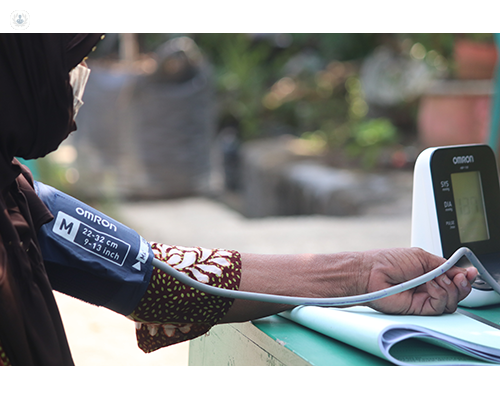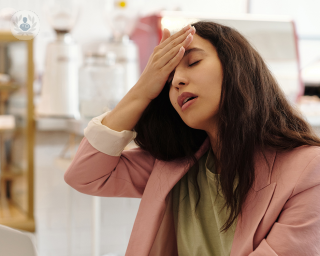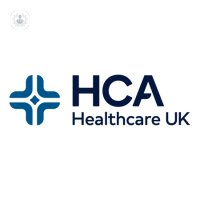Low blood pressure (hypotension)
Professor Melvin Lobo - Internal medicine
Created on: 05-26-2017
Updated on: 03-20-2023
Edited by: Aoife Maguire
What is low blood pressure?
Blood pressure is the amount that your blood presses against the walls of the blood vessels as it moves around the body during the active and resting phases of each heartbeat. When the blood presses hard, it causes strain on the arteries and is known as high blood pressure, or hypertension.
Low blood pressure, or hypotension, on the other hand, is a sign that the flow of blood around the body is inadequate.
Low blood pressure is sometimes categorised into:
- Postural hypotension - low blood pressure that occurs within three minutes when you stand up after sitting or lying down, as a result of changes in posture. It is more common in elderly people.
- Postprandial hypotension - low blood pressure that occurs one to two hours after eating a large meal.
- Neutrally mediated hypotension - low blood pressure that occurs after standing or sitting for long periods of time, with the body failing to regulate the flow of blood around the body.
- Multiple system atrophy with orthostatic hypotension - low blood pressure associated with very high blood pressure when lying down. It is a rare type of hypotension which causes damage to the autonomic nervous system.

Is low blood pressure serious?
Low blood pressure is not serious if there are no symptoms. The risk of hypotension increases with age as blood flow to organs declines, usually due to plaques building up in blood vessels. You can also have low blood pressure and a slow pulse if you're very fit.
Many people have low blood pressure without realising, and many more are diagnosed with low blood pressure but do not need treatment.
Low blood pressure is only an issue if it leads to symptoms such as light-headedness or dizziness, which means that the brain isn't receiving enough blood. In severe cases, a sudden drop in blood pressure - for example, due to severe infection or uncontrolled bleeding - can lead to inadequate blood supply to the brain or other organs, resulting in shock or organ failure.
What are the symptoms of low blood pressure?
Symptoms, if they occur at all, can include:
- Dizziness
- Fatigue
- Problems with concentration
- Blurred vision
- Fainting
Low blood pressure can lead to shock, which is a life-threatening condition. Symptoms that would indicate that your body has gone into shock include clammy skin, a weak pulse, rapid shallow breathing, and confusion. Seek immediate medical help if you experience signs of shock.
How is low blood pressure diagnosed?
You can get your blood pressure checked by a GP, pharmacy nurse or at home using a blood pressure monitoring kit.
The blood pressure monitor will give you a reading composed of two numbers: systolic (the force that your blood exerts against the artery walls when your heart beats) and diastolic (the force that your blood exerts against the artery walls when your heart relaxes between beats).
You are generally diagnosed with low blood pressure if this reading is below 90/60mmHg (millimetres of mercury): 90mmHg for systolic pressure and 60mmHg for diastolic pressure.

What causes low blood pressure?
The exact cause of low blood pressure isn't always clear, but the main reasons are:
- Pregnancy, because pressure is likely to drop due to the rapid expansion of the circulatory system during pregnancy
- Certain kinds of medication, such as antidepressants and drugs for erectile dysfunction
- Hormonal problems, such as diabetes or an underactive thyroid
- Cardiovascular problems, such as arrhythmias or heart failure
- Heat exhaustion or severe dehydration
- Severe allergic reactions
- Septic shock from an infection
- Anaemia, due to a lack of vitamin B-12, folate and iron in the diet
How can low blood pressure be prevented?
Depending if you have symptoms or not, low blood pressure can interfere with your daily life.
You can help prevent blood pressure by:
- Drinking plenty of water
- Wearing compression stockings to regulate the circulation of blood around your body
- Moving slowly when you sit or stand up
- Eating smaller and more frequent meals
- Sitting more often
- Avoid standing up for long periods of time
How is low blood pressure treated?
In many cases, low blood pressure can be tackled if there is an underlying cause that can be treated. This usually involves changing the medication you are taking. Simple changes in lifestyle, in addition to changes in medication, are usually enough.




